Top Stories
Urgent: Millions Face Surveillance After “No Kings” Protests
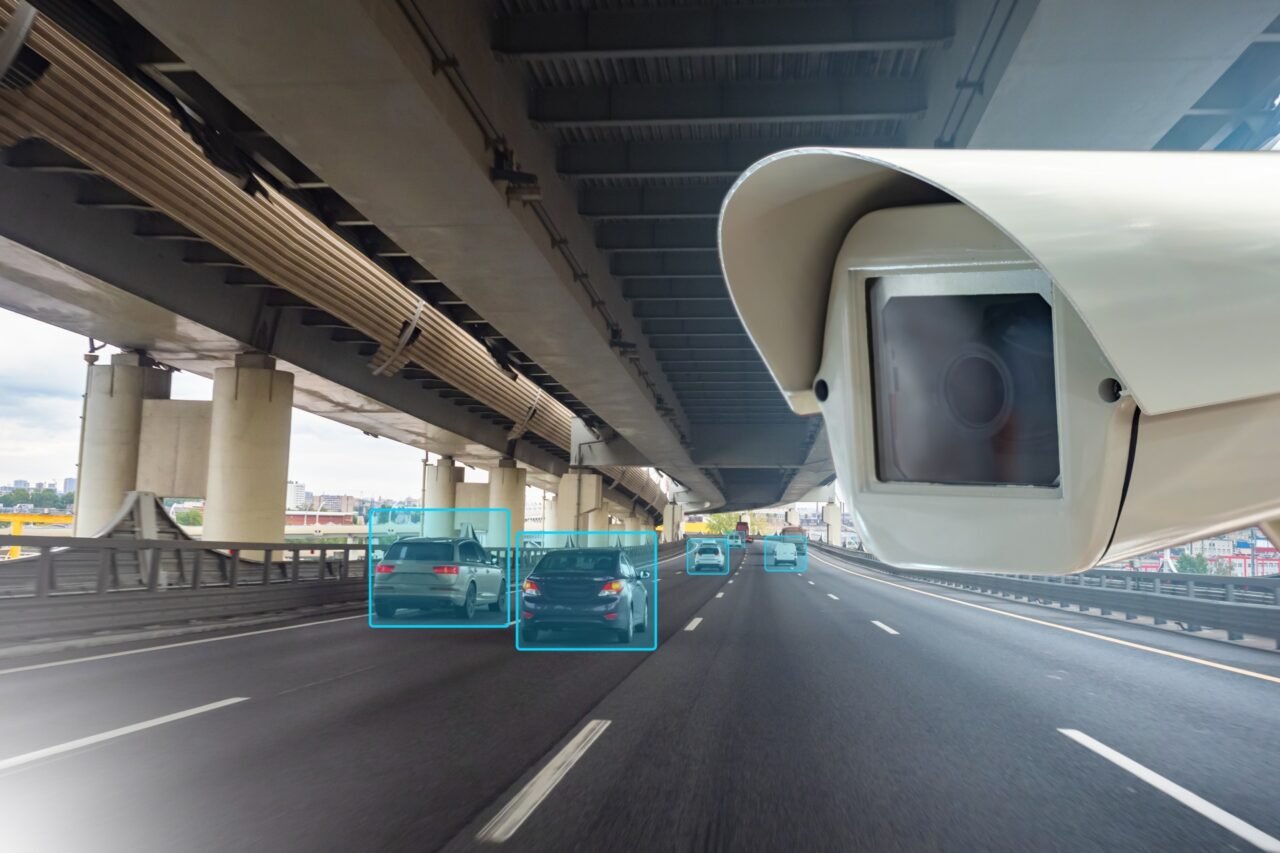
URGENT UPDATE: Millions who participated in the “No Kings” protests over the weekend may now find themselves under increased surveillance. With an estimated 7 million people marching in major cities like Los Angeles and New York, authorities are ramping up efforts to monitor attendees, raising significant concerns about privacy and civil liberties.
The protests, which aimed to challenge the notion of monarchy in the United States, saw minimal arrests. In New York City, officials confirmed zero protest-related arrests, while Los Angeles reported only a handful. Despite this, inflammatory rhetoric from Republican leaders paints demonstrators as extremists. Speaker of the House Mike Johnson labeled the protests as “hate America” rallies, while Secretary of Transportation Sean Duffy suggested they are funded by dark money linked to antifa.
As tensions rise, the Trump Administration has enacted an executive order aimed at “identifying and disrupting financial networks” associated with what it deems “domestic terrorism and political violence.” This alarming directive has prompted activists to voice concerns about the implications for peaceful demonstrators.
“The Trump regime would have us believe that somehow peaceful, pro-democracy protesters are terrorists,”
said Ryan Shapiro, executive director of Property of the People, a pro-transparency nonprofit.
For those who attended the protests, the risk of surveillance is not just theoretical. Law enforcement agencies can easily track individuals using automated license plate reader systems (ALPRs) positioned near protest sites. If you drove to the rally, your vehicle’s information could have been captured by both fixed cameras and police cruisers. Public transport offers some safety, but payments via cards or apps linked to your ID can also be traced.
Your smartphone poses additional risks. Even if you kept it in airplane mode, apps may store GPS locations and transmit data once reconnected. As noted by the Electronic Frontier Foundation (EFF), law enforcement can also use “stingrays” to track phones by mimicking cell towers, potentially capturing your location even if you believe you are off the grid.
Be cautious when sharing photos from the event. Once uploaded, images can be harvested by the Department of Homeland Security (DHS) and U.S. Immigration and Customs Enforcement (ICE). The EFF advises using tools like Image Scrubber to obscure faces and remove metadata, which can include location information. Unfortunately, if you weren’t masked, your image might already be in circulation, potentially identified by strangers or law enforcement.
Authorities may also deploy facial recognition technology, such as that provided by Clearview AI, to scan millions of images from social media to identify protesters—unless you were in states like Vermont or Montana, where such practices are banned. Reports suggest that Palantir Technologies, a data firm founded by Peter Thiel, is collaborating with the Trump Administration to create a centralized database of information on American citizens, raising further alarms about privacy and accountability.
The implications of this surveillance are profound. As protests against perceived tyranny continue, the intersection of technology and civil liberties is increasingly under scrutiny. Participants should stay informed and consider the potential ramifications of their actions in a landscape where dissent is being closely monitored.
WHAT’S NEXT: As discussions around surveillance and civil liberties unfold, it’s crucial for demonstrators to understand their rights and the implications of their participation in protests. Increased scrutiny from authorities may lead to more organized efforts to push back against perceived government overreach. Stay vigilant and informed as developments continue to emerge in the wake of the “No Kings” protests.
-
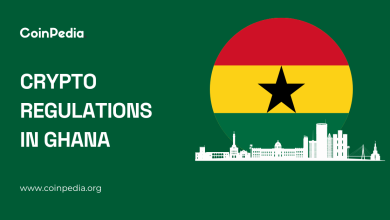
 Business5 days ago
Business5 days agoUK to Finalize Stablecoin Regulations by 2026, Boosting Crypto Sector
-
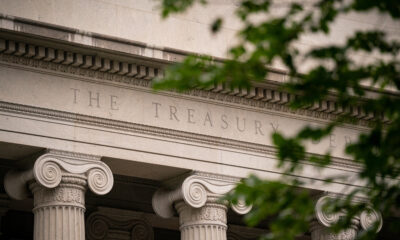
 Business5 days ago
Business5 days agoU.S. and U.K. Target Cybercriminal Networks, Seize $15 Billion
-

 World5 days ago
World5 days agoMilitary Artillery Plan Sparks Safety Concerns Along California Highway
-

 Lifestyle5 days ago
Lifestyle5 days agoKISS OF LIFE’s Natty Dazzles in Micro-Shorts at Seoul Event
-

 Sports5 days ago
Sports5 days agoDomenico Doran’s Stellar Performance Leads Bishop Amat to Victory
-
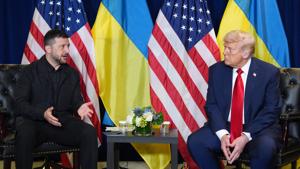
 World5 days ago
World5 days agoTrump Signals Reluctance to Sell Tomahawk Missiles to Ukraine
-
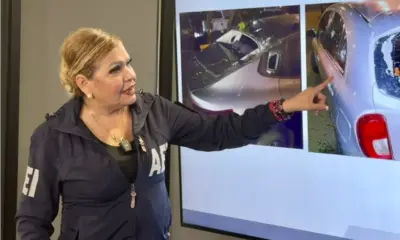
 Business5 days ago
Business5 days agoCalifornia to Eliminate All Plastic Bags from Stores by 2026
-
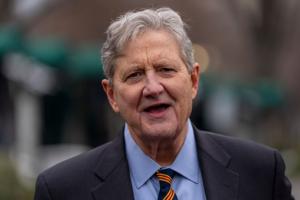
 Entertainment5 days ago
Entertainment5 days agoLouisiana Senate Raises Concerns Over Medicaid Cuts Amid New Bill
-

 Entertainment5 days ago
Entertainment5 days agoUtah Communities Rally as Government Shutdown Strains Resources
-

 Science2 days ago
Science2 days agoAncient Dinosaur Discovery in Argentina Reveals Evolutionary Insights
-

 Sports5 days ago
Sports5 days agoTrade Low, Trade High: Key NHL Players to Consider Now
-

 Health2 days ago
Health2 days agoUncovering the Hidden Link Between Knee Pain and Hip Issues









